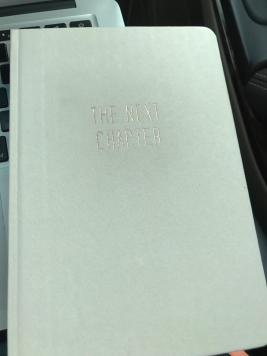Most people live in an “or” world. Whether we like it or not, we think in terms of always having to choose between two or more options or paths, rather than thinking in terms of “and”.
I was reminded of this when hearing the CFO of Eli Lilly, Derica Rice, speak to a group of college students who have received scholarships he and his wife fund. He told them that he always thought in terms of “or”. I can have this career “or” that, but not both. I can have this life “or” this one, but not both. But one day, he said, his wife told him that he had earned the right to live and think in an “and” world.
This is a powerful message to us all, particularly to the minority students he is seeking to help. I’ve found that it is also helpful to extend his point in inspiring diversity to the need to hire for both diversity AND fit.
And technology can actually help live in an “and” world when it comes to hiring for diversity and fit instead of relying on human, subjective judgments.
Here are four tech companies that are doing just this:
BLENDOOR Using technology, Blendoor hides data that’s not relevant (for example name, graduation year and photos) and highlights data that is in order to reduce unconscious bias.
You can view a video that explains their merit based hiring here.
TEXTIO– With a slogan that reads, “In hiring, every word counts,” Textio focuses on helping companies write the best job postings. In doing this, better word choice leads to more applicants, and more diverse ones at that. In particular, the company touts a 23% increase in women applicants.
This graphic on their website says it all.

PYROMETRICS– Founded by a Harvard and MIT PhD in a Neuroscience team, the company uses gamification, machine learning & artificial intelligence and unbiased algorithms to match potential employees with employers.
You can request a whitepaper from them on gender equality related to the science they use at the bottom of this page.
HireVue. When I first heard about HireVue, I thought their key value proposition was to reduce recruiter time in hiring, in particular interviewing. Upon learning more, I realized they are also helping to reduce bias in hiring by using data (according to their speaker at HRTech, a 15 minute interview generates more than 25,000 data points) to identify best-fit for companies.
You can read more about how using their (and Pyrometric’s) artificial intelligence helped Unilever increase their diversity hires by 16% (among other positive outcomes) here.
Choose to live in an “and” world and the possibilities for solving problems are endless.
How do you kill two birds with one stone by thinking “and” instead of “or”?
Like this post, you may also like:
You can hire for fit AND diversity: How the most innovative companies hire right
Diversity and Inclusion in My Eyes and in the Eyes of My Children
What is Diversity and Why Does It Matter?
3 Ways to Embrace Diversity and Inclusion in Career Development








